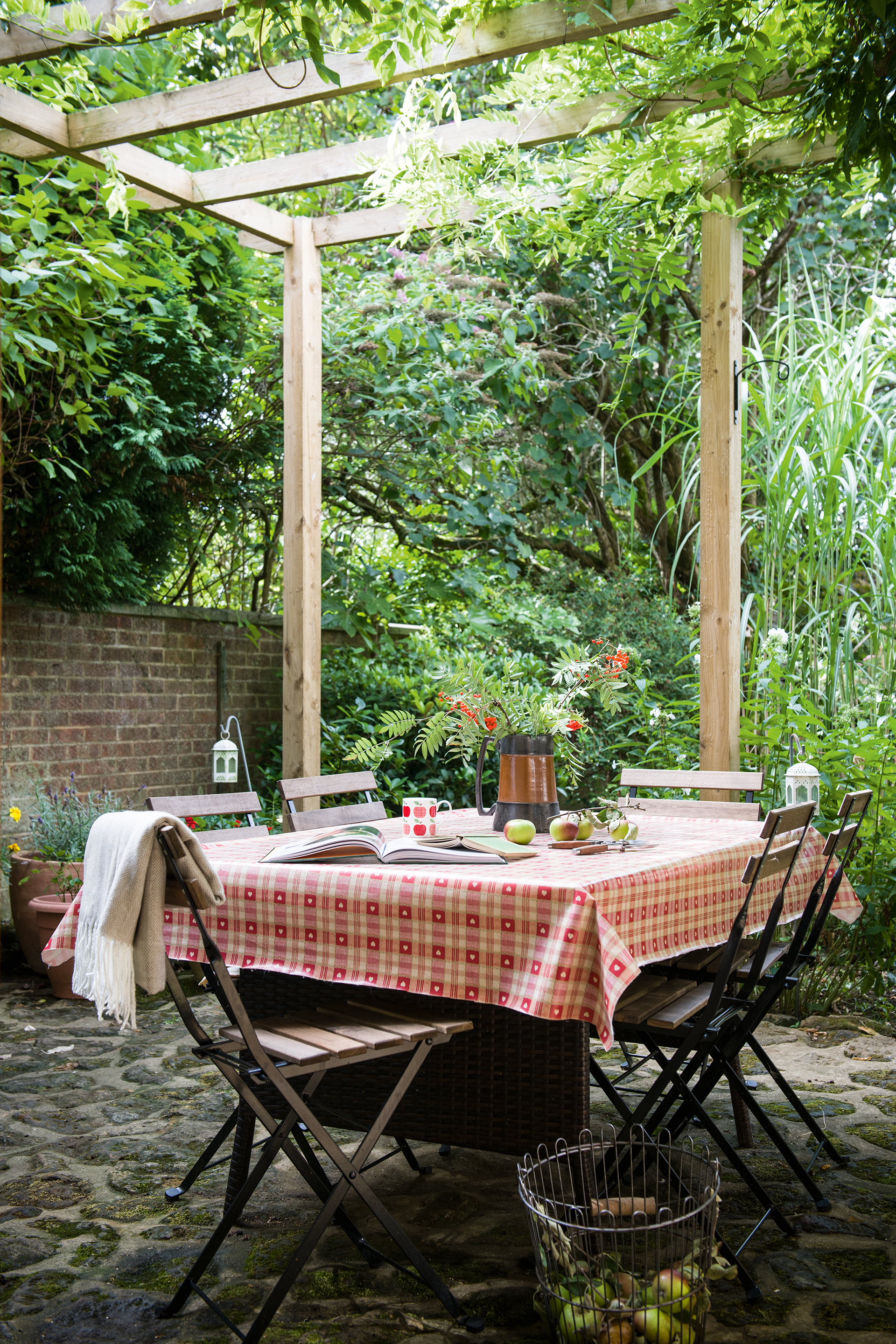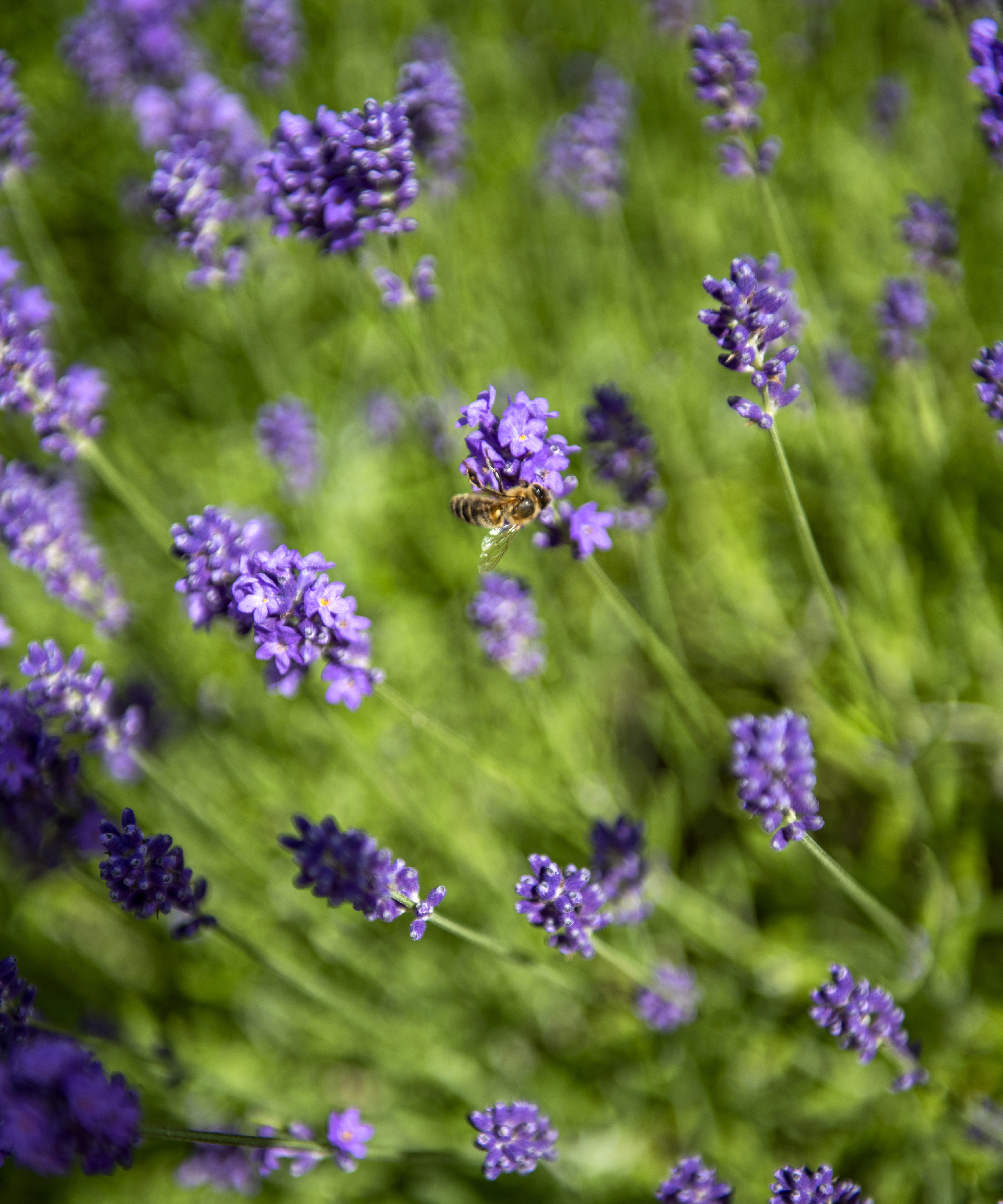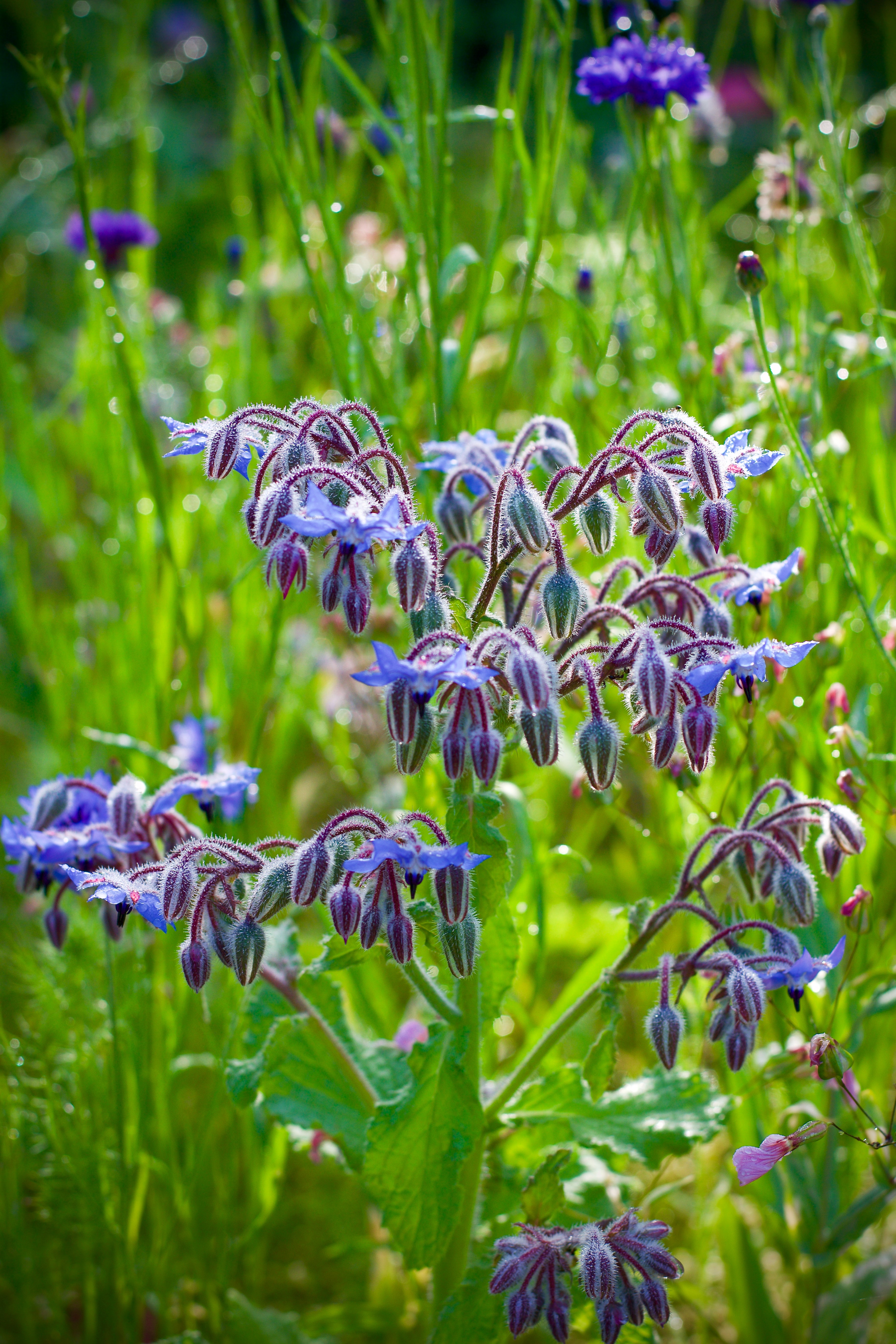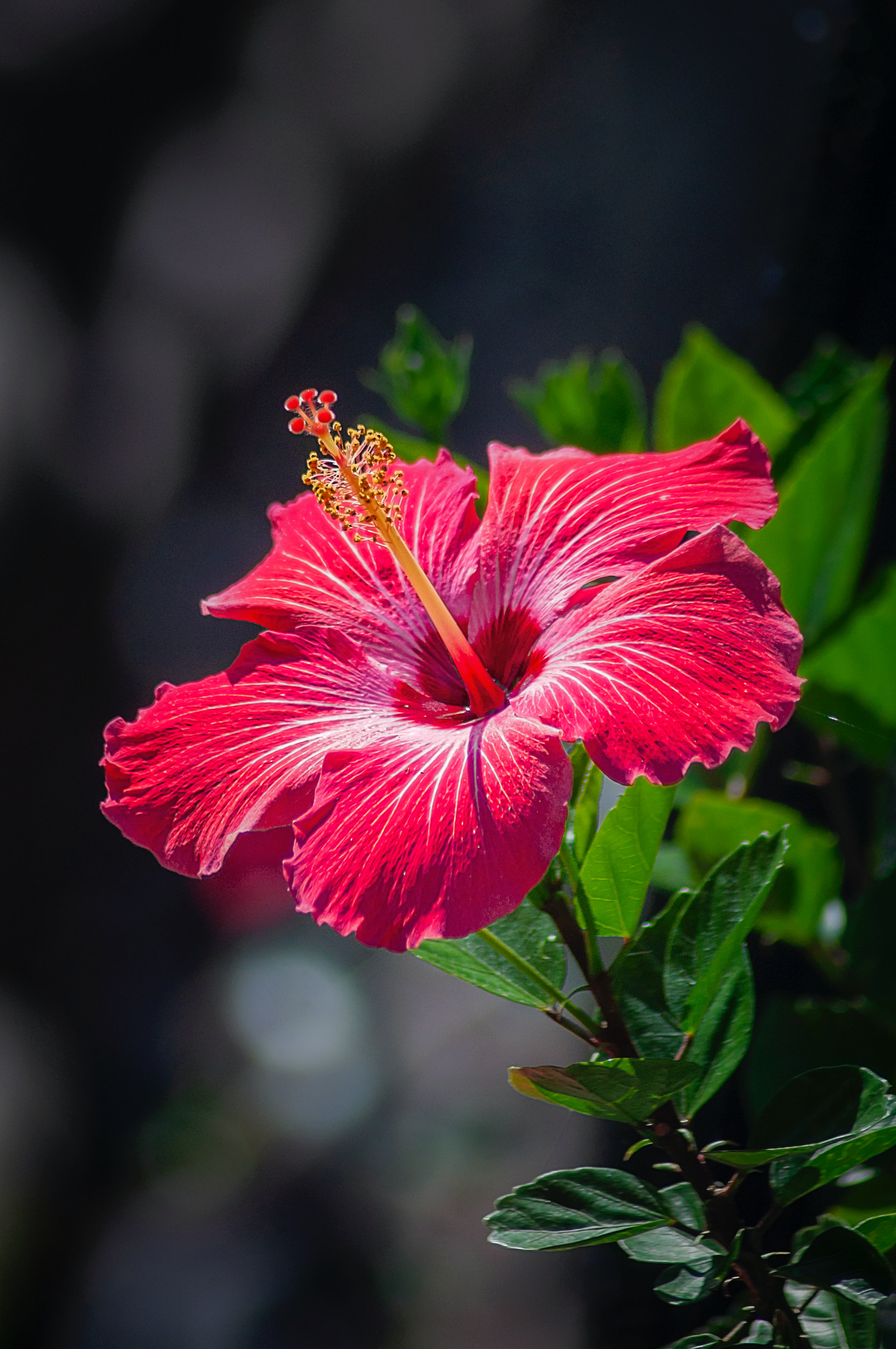Edible flowers are this summer's biggest gardening trend – and these are the top 5 to grow
We're embracing the trend that combines our garden and dinner party prep – this is what it involves


According to the esteemed author and gardener Sarah Raven, edible flowers are set to be the biggest garden (and kitchen) trend to try this season. As restrictions ease on both sides of the Atlantic, we're all looking for ways to improve our gardens' aesthetic and make our food tastier – and there is no greener way to do so than with edible flowers.
See: Kitchen garden ideas - easy ways to get started
If anybody knows about combining garden and kitchen crazes, it is Sarah Raven – the established gardener and cook who has cited edible flowers as one of the most popular trends of the season.
We're taking notes from Sarah as we prepare to serve our guests some fresh homegrown produce in a plant-filled paradise.

Why will edible flowers be the biggest trend of the season?
While edible flowers will improve the aesthetic of our gardens, Sarah suggests that our mental and physical health can also benefit from getting involved with this new trend.
'I've long loved gardening, particularly for production, so that I can harvest something to bring inside. Picking anything, whether flowers, vegetables, salads, or herbs, is easy and instantly rewarding,' Sarah shares.
'We all care now about food and flower miles, taste, and the individual character of what we're picking, eating and smelling. And gardening is being proved, again and again, to be good for you and your physical and mental health.'
Design expertise in your inbox – from inspiring decorating ideas and beautiful celebrity homes to practical gardening advice and shopping round-ups.
'Scattering flowers over your food is a good way to add color, and I've always been a sucker for marigolds, violas, primroses, and nasturtiums for this decorative reason alone. The more I learn about eating flowers, the more I realize there may be other, less fanciful reasons for doing this,' Sarah adds.
Which edible flowers can we eat?
Your choice of edible flowers will depend entirely on your taste preferences and will change with the season. However, in the 10th instalment of her podcast, Grow, Cook, Eat, Arrange, Sarah and florist Arthur Parkinson share the edible plants, also sometimes referred to as edimentals, that every garden should include – and how to use them.
1. Lavender
The benefits to growing lavender are in abundance – from its link to better sleep to its place at the forefront of an immunity garden. Now, it is among Sarah's favorite edible flower species.
'Lavender is often used in cakes and desserts, so we are relatively accustomed to seeing it in food already, but it also makes for a stunning splash of purple on any summery dish,' Sarah shares.

2. Borage

The allure of the starflower is already sought after by bees who are attracted to its pollen. But why should the bees have all the fun? Borage leaves can be wilted into pasta sauce or ravioli stuffing, or they are great for decorating cocktails because this is garden party season, after all.
'I like to freeze it in ice cubes to give even a simple glass of water a touch of color,' Sarah adds.
3. Elderflower

The celebrity gardener suggests beginning with elderflower, the flower that epitomizes the taste and beauty of this trend.
The plant is renowned for its fast-growing qualities and is known to endure brutal conditions. It is equally tasty in homemade cordial, as Sarah notes: 'I use my elderflower to make an excellent, not-too-sweet version of the classic cordial. It'll keep for a long time and can be drunk diluted with fizzy or still water right through the year.'
4. Hibiscus

Following Sarah’s tips, expert gardener and presenter Ellen Mary recommends growing hibiscus for its tropical characteristics and flavorful qualities.
‘Hibiscus just needs plenty of sun in a sheltered spot and well-drained soil. It also grows perfectly well in a large pot or in raised garden bed ideas. To flower for longer, they can be grown in a conservatory as well.
'Hibiscus tea is wonderfully floral, and the flowers can be used to garnish meals for the wow factor and a taste of the tropics [wherever you are],’ she shares.
5. Sunflowers

When looking for an edible flower to grow, Ellen also reminds us not to overlook sunflowers, which can fill any size backyard with soft sunshine shades.
See: How to grow sunflowers – a step-by-step guide
Sunflowers are often grown for their sunflower seeds, which are noted for their nutritional value – though some people also enjoy the sunflower buds and petals, which are best cooked in butter or garlic.
We’ve found a garden trend that decorates our garden, improves our wellbeing, and looks great in a cocktail. Why didn't we think of this sooner?
More edible flowers to grow
- Nasturtium one of the best known edible spring flowers and are usually added to salads for their color and peppery flavor.
- Geraniums, particularly scented varieties can add spicy or lemony flavor.
- Cornflowers have a clove-like flavor that's lovely with apples.
- Honeysuckle can be used for tea, syrups, and desserts.
- Dahlia flavors vary from spicy to more bland but look beautiful.
- Cape Jasmine can be used in baking, preserves and pickles.
- Magnolia is lovely in salads and can even be pickled.
- Roses are used in jam and jelly, to decorate drinks and fruit salads.
- Pansies are lovely in a salad.
Can you buy edible flowers?
Some grocery stores will sell edible flowers, sold specifically for eating rather than display. However, it is much more satisfying – and cheaper – to grow your own.
Which edible flowers should you avoid?
Not all flowers are edible and some can be harmful, but if you have grown or come across edible flowers, there are still some reasons why you might want to avoid eating them. These include:
Foraged flowers – if they are low to the ground in areas where animals frequent or if they are dusty or dirty, faded or discolored, don't eat them.
See: Small vegetable garden ideas – from layout designs to the best crops to grow
Edible flowers that have been treated with pesticide – organic edible flowers are your best – and in our opinion, only – option. Either way, give them a good wash before eating them.

Megan is the Head of Celebrity Style News at Homes & Gardens, where she leads the celebrity/ news team. She has a history in interior design, travel, and news journalism, having lived and worked in New York, Paris, and, currently, London. Megan has bylines in Livingetc, The Telegraph, and IRK Magazine, and has interviewed the likes of Drew Barrymore, Ayesha Curry, Michelle Keegan, and Tan France, among others. She lives in a London apartment with her antique typewriter and an eclectic espresso cup collection, and dreams of a Kelly Wearstler-designed home.